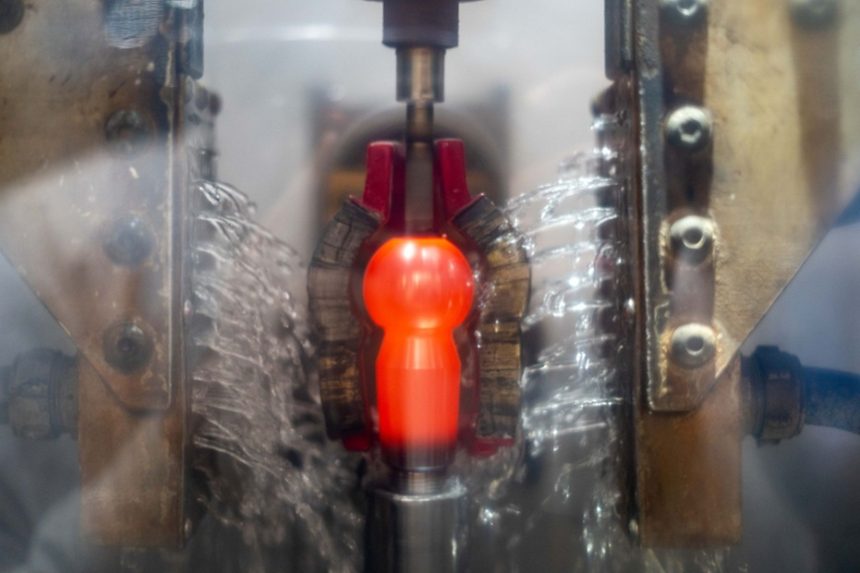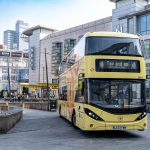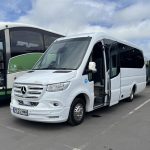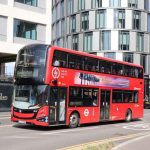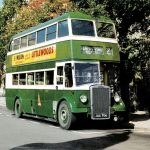Remember the Duracell Bunny? It first appeared in a 1970s advertisement featuring an array of toy rabbits playing the drums. The one powered by Duracell lasted the longest.
Today, battery-powered buses promise to outlast their diesel-powered counterparts, and what that means for parts manufacturers is considered by Roger Brereton of coach and bus steering system specialist Pailton Engineering.
Electric buses appear to be the future of road-based public transport. According to the European Federation for Transport and Environment, every other new bus in the EU was electric in 2024, with zero-emission sales expected to reach 100% in Europe by 2027.
Around the world, Bloomberg New Energy Finance estimates that electric buses will make up 83% of global sales by 2040. Battery-powered electric buses are expected to last up to twice as long as the typical 10- to 15-year lifespan of a diesel bus.
For example, Alexander Dennis claims that its next-generation Enviro400EV double-decker can cover two consecutive seven-year contract terms on typical Transport for London routes without a battery change, or typical provincial routes for up to 20 years with just one mid-life change of batteries.
That is mainly because the lack of an internal combustion engine (ICE) eliminates a host of associated mechanical components, such as fuel injection systems, exhaust treatment equipment, and a multi-geared transmission.
In addition to reducing potential for wear and tear, a simpler powertrain with fewer moving parts, fluids and filters also reduces maintenance requirements, so electric bus fleets will tend to need less downtime during their lives.
The combined longer lifespan and increased uptime puts pressure on the vehicle’s components, which should ideally last the lifetime of the vehicle to avoid maintenance bottlenecks. It is clear that durability is essential, but parts in electric buses might experience wear differently to those fitted to their diesel-powered counterparts.
For instance, the lack of an engine reduces the vibration experienced by components in electric buses. In addition, acceleration and deceleration are smoother thanks to the electric motor and regenerative braking. That reduces the strain on running gear like steering linkages and suspension.
On the other hand, the batteries in an electric bus add significant weight to the vehicle, so it is much heavier. Consequently, components must be capable of withstanding additional loads during manoeuvres and provide the same level of reliable vehicle control without adding too much weight themselves.
In addition, electric buses might have less regular maintenance schedules than ICE-powered predecessors. For instance, with fewer opportunities for regreasing, parts suppliers may have to develop maintenance-free components like sealed universal joints or sliding steering shafts, which do not require regular lubrication.
Finally, industry-wide challenges like electrification encourage closer relationships between OEMs and suppliers. Electric bus designs often involve new prototypes and fast development cycles. OEMs benefit from suppliers that can co-engineer solutions and respond quickly to unexpected wear issues.
In addition, OEMs might find that some suppliers unexpectedly discontinue certain commercial vehicle parts in favour of supplying EVs, so may increasingly turn to suppliers that are flexible enough to provide custom parts tailored to the specific needs of battery-powered buses.
Much like the Duracell Bunny, today’s electric buses promise to outlast their ICE predecessors. Like the iconic batteries, no other bus looks like them and no other bus lasts like them – but they will need parts that can go the distance, too.
Pailton Engineering designs and manufactures steering components for the coach and bus sector. To speak to a team member about your requirements, visit www.pailton.com.




















